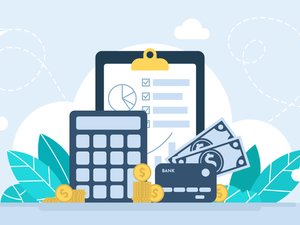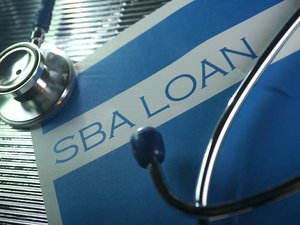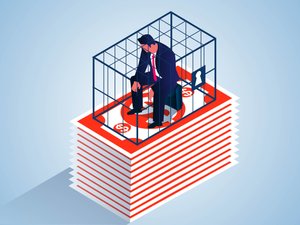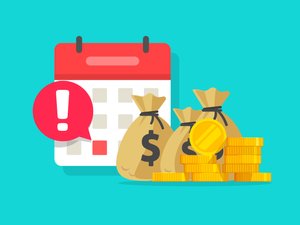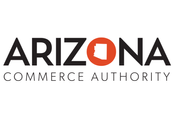Personal credit isn’t the only factor that determines whether you’ll get approved for a small business loan, but don’t let it be the one thing that stops you from pursuing your dream.
Prospective entrepreneurs looking to grow their startups will benefit from understanding how their personal credit histories can impact whether they qualify for a business loan.
What goes into qualifying for a business loan? Lenders look at capacity, collateral and credit. Let’s look closer at what those terms mean.
Capacity
In this context, capacity is an evaluation of whether you can demonstrate the ability to repay the loan. To determine capacity, lenders look at overall gross income, less itemized expenses, resulting in a net income figure of cash available to make debt payments. This information is typically found in an income statement (also known as a profit and loss statement), and lenders will want to see and compare two to three years of historical data to get an idea of the capacity of a business to pay all debts, as well as to identify trends in the business (for example, increasing income as a business matures and sales growth).
Collateral
Collateral refers to assets you have that will back the loan’s value. Examples include real estate, equipment, and savings. This collateral secures the loan and would be claimed by the lender and sold to repay the loan if the business or guarantors are unable to make the loan payments, reducing the risk to the lender.
Business, personal credit
While it is the last component looked at, business and personal credit are still important, especially if economic events of the past few years impacted your credit history or if you have no credit.
Business credit scores reflect the historical performance of the business in on-time payment to vendors and suppliers and in meeting overall obligations of the business. Like consumer credit reports, these reports include public records including judgements, tax liens and bankruptcy filed by or attached to the business.
Personal credit scores are also used to evaluate the credit worthiness of a loan applicant. These scores are generally graded using a FICO, Vantage or other scoring model. A personal credit score is computed by evaluating several factors. Payment history considers if you have past due payments recorded in your credit history, and if so, how many times you were late. Utilization ratio looks at how much available credit you have compared to actual loan balances. A good rule of thumb is to keep your balances below 30% of available credit for any revolving credit lines. Length of credit looks at how long you have had an established credit history. Have you been using credit for three years or three decades? A long history of on-time payments could help your score.
Lenders use credit in part to determine the character of the business owner(s), and just as with consumer borrowing, a strong credit history reflecting on-time payments and all obligations being met can be valuable in qualifying for small business loans.
If you need to review your credit report, download a free copy once a year from each of the three credit bureaus on annualcreditreport.com. While you’re reviewing that, be sure to look for inaccuracies to dispute, like accounts you didn’t open, or overdue payments that you know were made on time.
If you need further guidance figuring out how to qualify for a business loan, talk to your lender or the Small Business Administration.
Carolee Rodriguez is a member of the Mountain America Credit Union business adviser team, focused on Glendale and Mesa.

